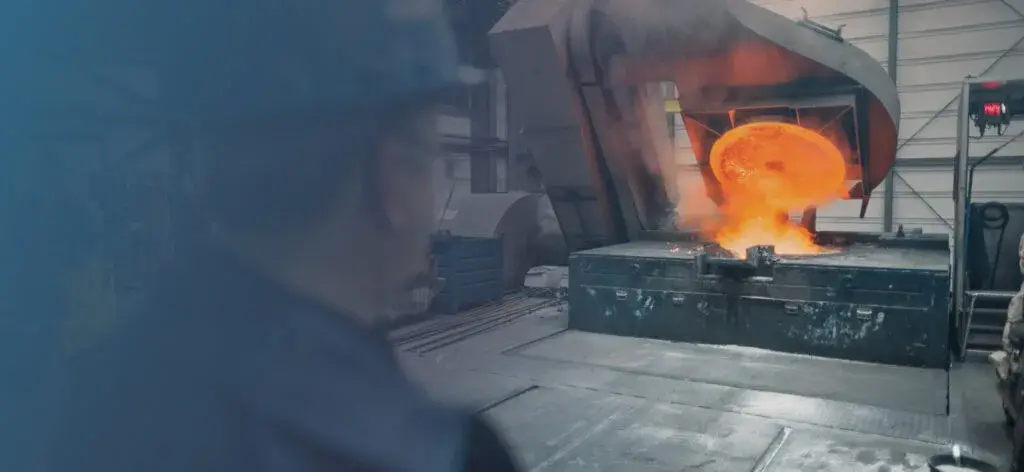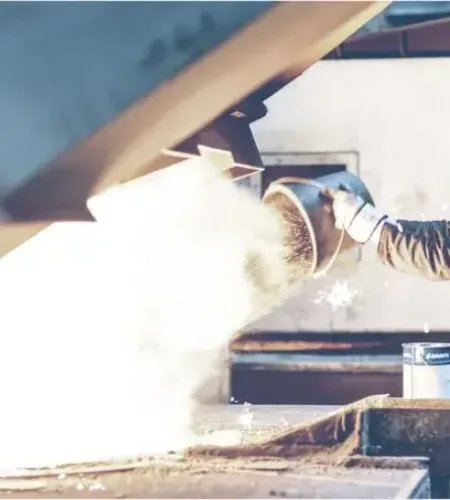
Everyone is talking about 3D sand printing. It combines the traditional casting of sand molds with the direct additive production of molds in a 3D printer. Completely without a model.
This means that small batches in particular can be cast much faster, more efficiently, with less use of resources and often simply better.
For foundries, this opens the door to a new future. For all those who work with metal, it gives them the opportunity to discover a whole new side to casting.

With our online calculator, you can quickly get a feel for the cost and speed benefits of 3D sand printing. And if you wish, you can also order your casting straight away from there.
© 2025 All Rights Reserved.